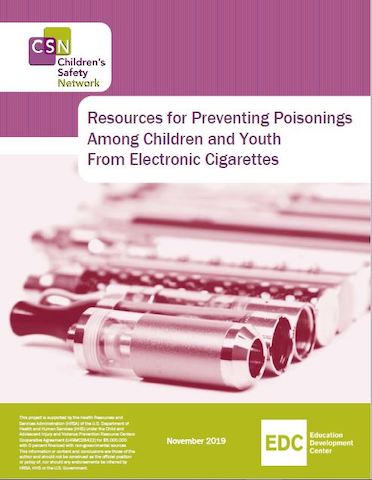
While electronic cigarettes (“e-cigarettes,” “e-cigs,” “vapes,” “e-hookahs,” “vape pens,” and “electronic nicotine delivery systems”), are generally thought to be less harmful to health than inhaling smoke from combustibles, they still contain toxins and deliver harmful chemicals. E-cigarettes are experiencing unprecedented use among American youth causing widespread concern among health care providers, parents, poison specialists, tobacco control practitioners, educators and others.
According to the Food and Drug Administration the Centers for Disease Control and Prevention's National Youth Tobacco Survey, in 2024, 1.63 million U.S. middle and high school students used e-cigarettes in the past 30 days. These data show decreases from 2023 when 2.13 million U.S. middle and high school students used e-cigarettes in the past 30 days. E-cigarettes are particularly unsafe for youth, young adults, pregnant women, or adults who do not currently use tobacco products.
National attention has focused on vaping-related lung injury. As of February 18, 2020, 2,807 cases of e-cigarette, or vaping, product use- associated lung injury (EVALI) have been reported to CDC from all 50 states the District of Columbia, Puerto Rico, and U.S. Virgin Islands. Also, 68 related deaths have been confirmed in 29 states and the District of Columbia. Other injury-related consequences of e-cigarettes include burns from exploding of defective e-cigarette batteries and ingestion of exposure to e-liquids (intentional or unintentional) from drinking, eye contact, or dermal contact.
Clinicians, school staff, coaches, parents/guardians, and policy makers can all play a role in preventing the use of e-cigarettes among youth and young adults. Included in the resource guide are some resources designed to help.